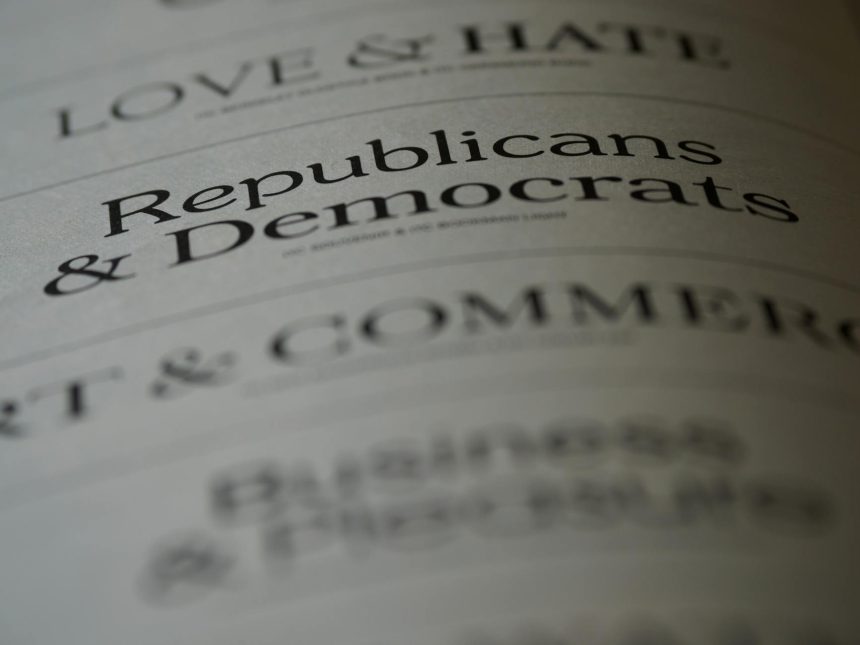government funding
Government Funding Stalemate: What’s Next for the US?
The ongoing dispute over government funding has once again brought the nation to a standstill, leaving many wondering about the immediate and long-term consequences. With legislative bodies locked in disagreement, the essential services that citizens rely on hang in the balance. This article delves into the current situation, exploring the proposed solutions, the reasons behind the deadlock, and what potential paths forward exist to resolve this critical issue.
Understanding the Government Funding Crisis
At its core, the government funding debate revolves around appropriations – the legislative process by which Congress allocates money to federal agencies and programs. When a budget agreement isn’t reached by the deadline, a government shutdown can occur, impacting everything from national parks to essential federal services.
The Republican Proposal and Democratic Response
Recently, Republican lawmakers presented a bill aimed at reopening the government. However, this proposal was met with resistance from Senate Democrats, who have blocked its passage multiple times. The specifics of these proposals and the exact points of contention are crucial to understanding the impasse.
Key Disagreements in the Funding Debate
The disagreements often stem from differing priorities and policy riders attached to funding bills. These can include:
- Spending levels for various departments.
- Funding for specific social programs or initiatives.
- Policy changes unrelated to direct appropriations.
These complex negotiations highlight the challenges of bipartisan consensus in a divided political landscape.
Consequences of a Government Shutdown
A government shutdown, even a temporary one, carries significant repercussions:
- Impact on Federal Employees: Many federal workers may be furloughed, meaning they are temporarily unpaid. Essential personnel are often required to work without immediate compensation.
- Disruption of Services: Non-essential government services can be halted, affecting public access to parks, museums, and various administrative functions.
- Economic Uncertainty: Shutdowns can create uncertainty in the markets and negatively affect economic growth.
- Damage to Public Trust: Prolonged funding disputes can erode public confidence in the government’s ability to function effectively.
The Role of Continuing Resolutions
When a full budget agreement isn’t reached, Congress may pass a continuing resolution (CR). A CR is a temporary measure that allows the government to continue operating at the previous year’s funding levels for a set period. These are often seen as a short-term fix, delaying the inevitable need for a comprehensive budget.
Looking Ahead: Potential Resolutions
Resolving the government funding deadlock requires compromise and a willingness to find common ground. Several avenues could lead to a resolution:
- Bipartisan Negotiation: Direct, good-faith negotiations between party leaders are essential to identify areas of agreement.
- Reduced Policy Riders: Focusing solely on funding appropriations, rather than attaching unrelated policy demands, could streamline the process.
- Compromise on Spending: Both parties may need to make concessions on their ideal spending levels to reach a workable agreement.
The path forward is challenging, but a functional government depends on finding a sustainable solution. Understanding the intricacies of appropriations and the political dynamics at play is key to appreciating the gravity of these funding debates.
For more in-depth information on the appropriations process, you can refer to resources from the Congressional Research Service or the Congressional Budget Office.
Conclusion
The repeated blocking of government funding bills underscores a deep division in Washington. While Republicans have offered proposals, Democrats have so far refused to accept them, leading to a prolonged stalemate. The consequences of these funding disputes are far-reaching, impacting federal workers, essential services, and the broader economy. Finding a resolution will undoubtedly require significant compromise and a renewed focus on the fundamental task of governing. What happens next will depend on the willingness of both parties to move beyond partisan divides and secure the necessary funding to keep the government operational.
What are your thoughts on the current government funding situation? Share your perspective in the comments below!
© 2025 thebossmind.com
government funding stalemate
Government Funding Stalemate: What’s Next for the US?
The ongoing dispute over government funding has once again brought the nation to a standstill, leaving many wondering about the immediate and long-term consequences. With legislative bodies locked in disagreement, the essential services that citizens rely on hang in the balance. This article delves into the current situation, exploring the proposed solutions, the reasons behind the deadlock, and what potential paths forward exist to resolve this critical issue.
government funding, government shutdown, appropriations, continuing resolution, congressional budget, federal funding, political stalemate
government-funding-stalemate
Featured image provided by Pexels — photo by Brett Jordan








